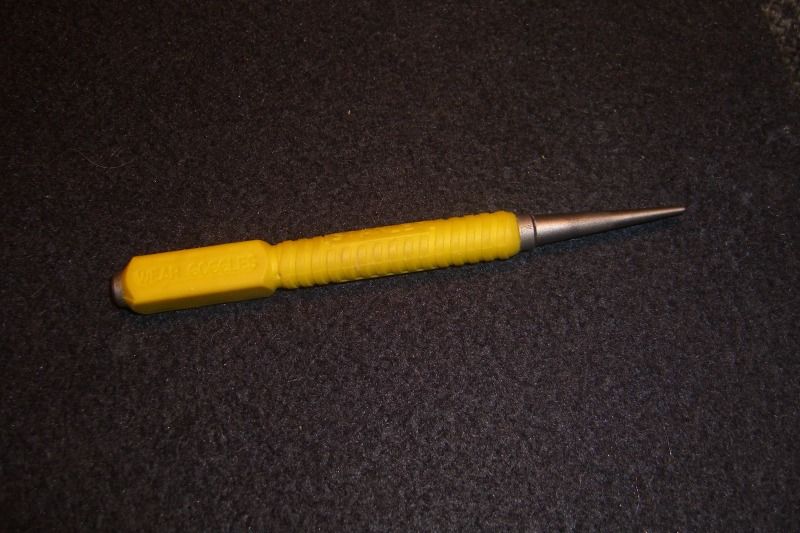pete bass
Well-known member
Hi all...Anybody out there who has done their own set up regarding adjusting the string height could reply with what tools they used ? i have now a beautiful mint condition SR5 in honeyburst which has been stored in case for 8 years but the action is a little high for me, The neck is perfect with just a slight hint of relief, I have been told to use auto feeler gauges but in Spain where 98% of the cars on the road are Diesel these tools are impossible to buy anywhere, Any help will be appreciated and i will post pics of both my Balls.... err Basses on next post ...Peter



